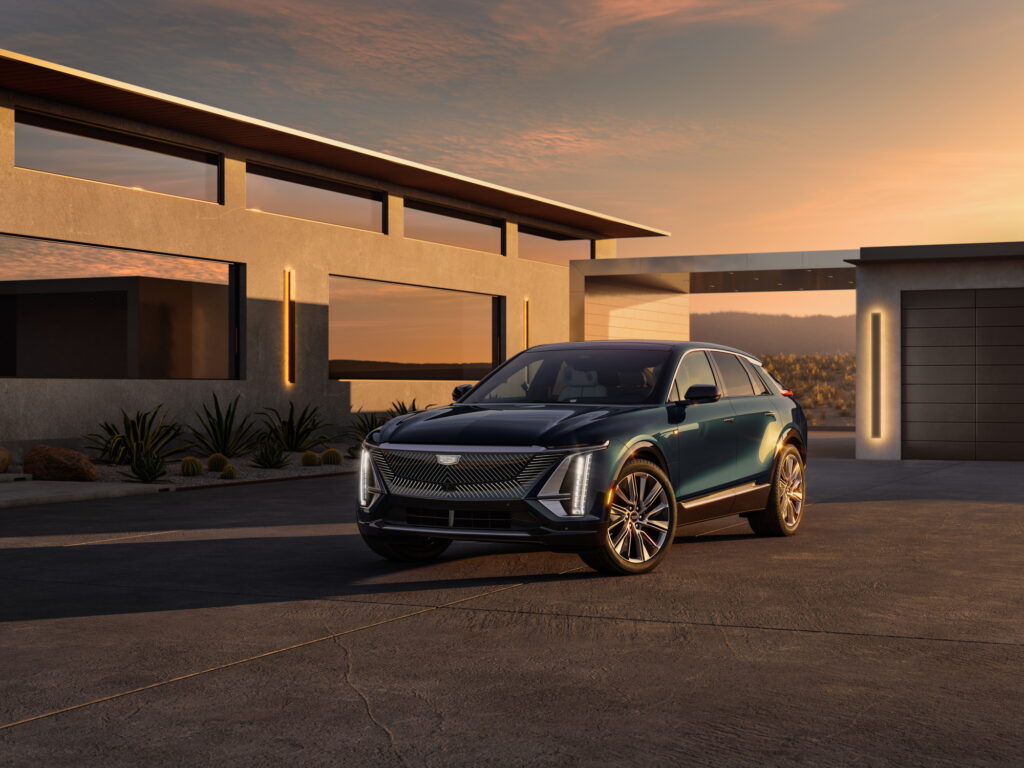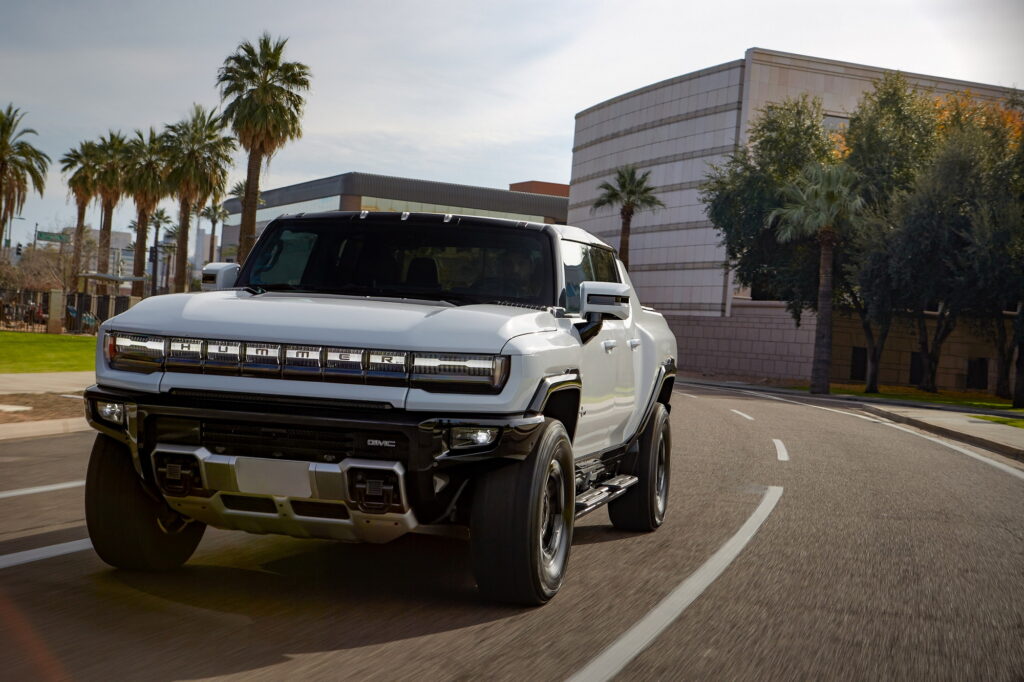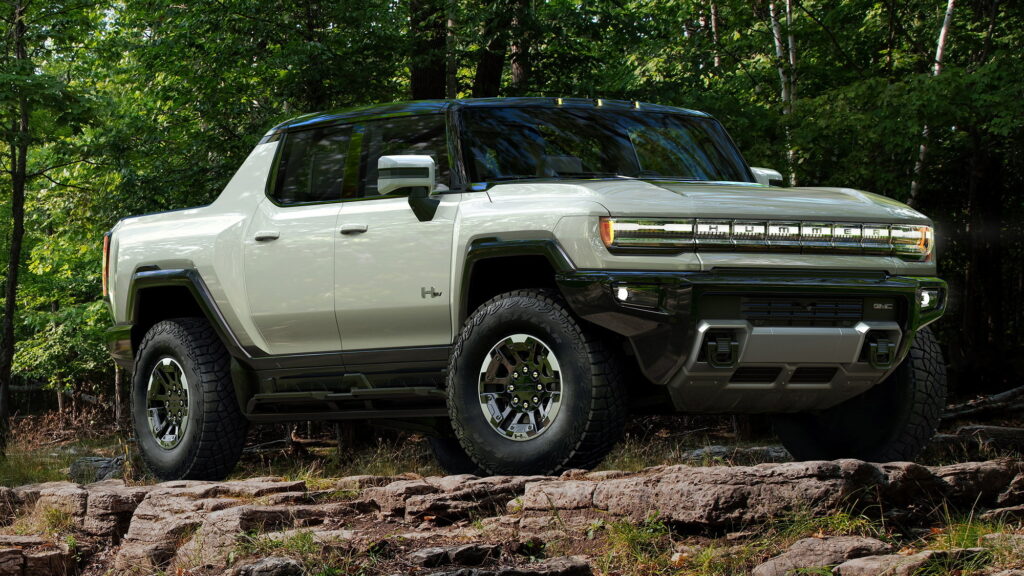General Motors says that more than 200,000 people have expressed interest in the new Cadillac Lyriq, while an additional 80,000 have put down deposits for the GMC Hummer EV. And yet, despite officially being on sale, you don’t really see either of them on the road.
That’s because of supply chain issues and a niggling battery flaw that has hampered the launch of the automaker’s first two vehicles that were meant to herald the advent of the Ultium platform, and its arrival as a threat to Tesla’s EV dominance, reports the Wall Street Journal.
The automaker started building the Hummer EV more than 15 months ago, but has only been making about 12 per day, according to unnamed sources within the company, which is well below initial production targets.
Meanwhile, roughly 124 GMC Hummer EVs that have already been delivered to dealers can’t be handed over to their new owners because of a stop sale related to a recall. As previously reported, the Hummer EV and the Brightdrop delivery vehicle both experienced issues with water seepage into their batteries.
Read: GMC Hummer EV Recalled For The Second Time Over Water Leak Issue

While GM said that it has fixed the issue at its plant, those Hummers that are with dealers are still under the stop sale order, and GM couldn’t provide a timeline for when it would be able to fix them and deliver them to their owners.
For the Cadillac Lyriq, meanwhile, GM has only managed to deliver about 1,000 examples since it started building them in March 2022. Tesla, by contrast, managed to sell roughly 252,000 Model Ys in 2022, and Cadillac doesn’t look like it will be able to match that pace. It aims to make just 36,000 Lyriqs in 2023, nine percent fewer than its initially targeted. Insiders blame that partly on tighter-than-expected battery supplies.
That’s an issue that GM hopes to address as a battery plant in Ohio ramps up. Mary Barra, GM’s CEO, told investors in January that the company expects EV output to accelerate significantly in the second half of 2023 because of that.
Although familiar from other automakers, both startups and legacy companies, the delays are leading to annoyance from potential EV buyers and, in turn, the dealers that are struggling to meet their needs.
“The customers are frustrated,” a Utah dealer who has 500 people on a waiting list for the Hummer EV, told the WSJ.





